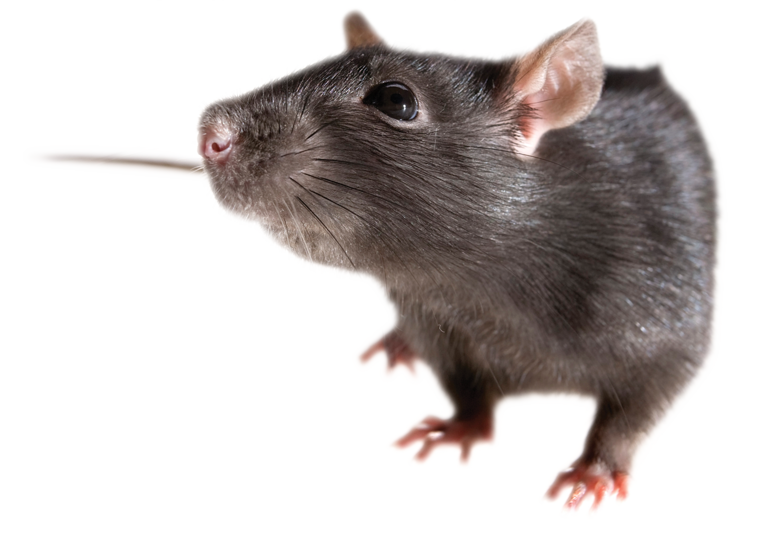SIZE: Deer mice can grow up to 2 inches in length.
DESCRIPTION: Being one of the most common mice issues found in the GTA these species have several other related cousins that can be confused for deer mice. Deer mice usually are a light brown to a red brown with a white underbelly.
BEHAVIOR: The deer mouse isn’t found in urban communities unlike the house mouse, however it can be found in structures near wooded and rural areas. It doesn’t ordinarily attack homes, however in uncommon occasions at least one deer mice may attack a specific structure. The deer mouse can be a dangerous animal since it carries Hantavirus Pulmonary Syndrome (HPS). This infection can bring about serious, frequently deadly, respiratory illness in people. Instances of hantavirus are uncommon – just around 300-400 cases have been recorded in the previous nine years. Hantavirus can be attained in various manners: by handling dead deer mice carcasses, contaminated deer mouse corpses, by taking in mouse urine residue particles that contain the infection; or by breathing in dust from areas that have collected deer mouse droppings.

HABITATS: Deer mice incline toward the outside where they home in tree gaps, empty logs, under logs and in heaps of stones, branches or logs. On the off chance that they are found indoors they can be found in areas of a home where the least human action happens, for example, storage rooms, attics, garages, basements and crawl spaces. Deer mice are warm blooded and can be discovered all over North America. These mice occupy wooded grassy areas and will in rare occasions enter human homes looking for food as well as shelter. Deer mice make homes in tunnels or in other protected regions inside wooded or rocky areas.
why do deer mice create burrows?
Deer mice create burrows for protection from environmental factors and also predators such as hawks, owls, and snakes. Their burrows are shallow and usually have no escape tunnel like most species do, survival of these mice may be impacted due to the fact if they have an escape tunnel or not.
TIPS FOR CONTROL
Like all mice it is important to get rid of the problem as soon as possible to avoid any risk of receiving dieses. Take high precaution to minimize health risk when dealing with mice.